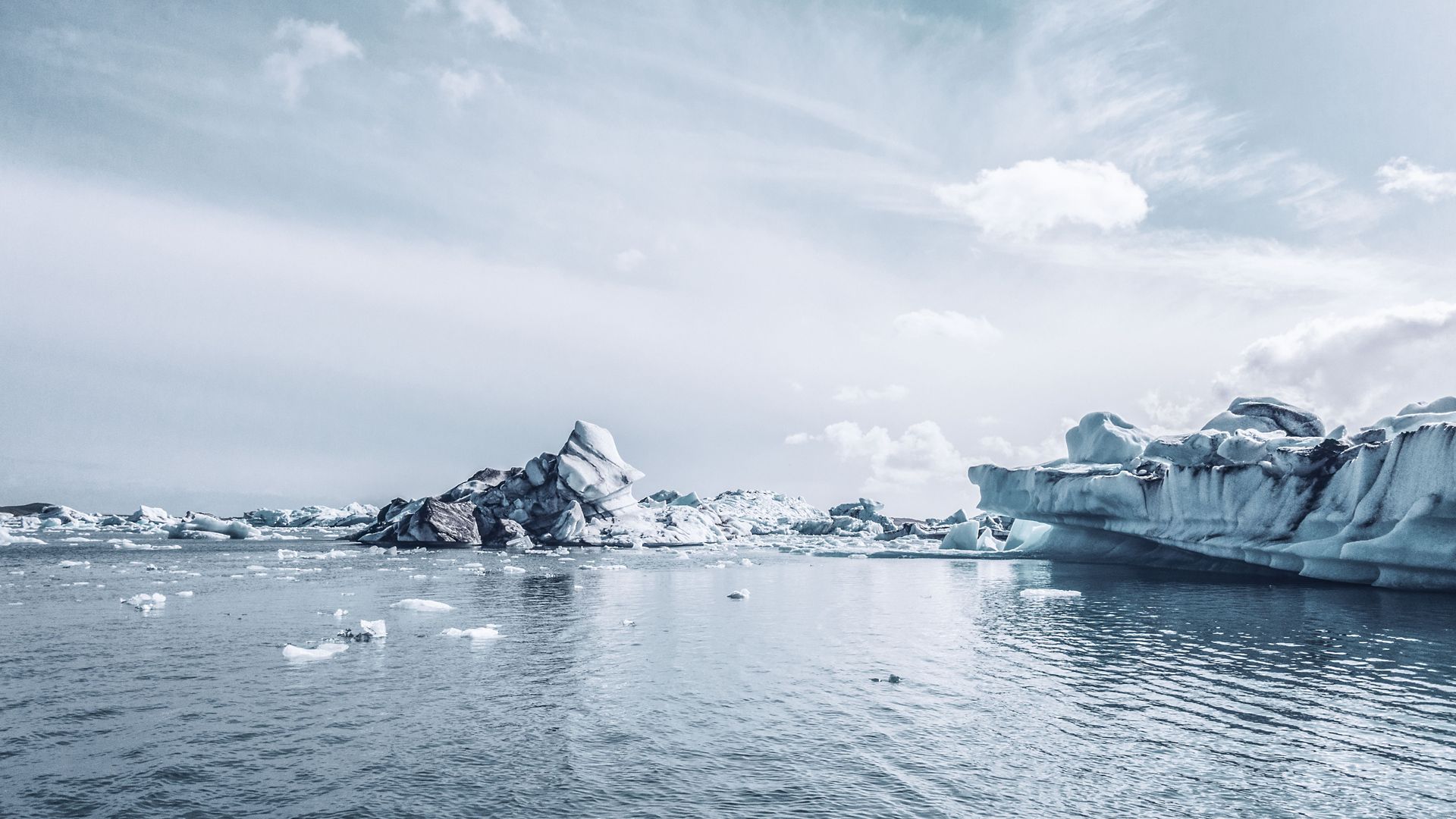As temperatures rise, the industry's involvement in climate resilience has become critical in safeguarding our future generations. Sika favors resource-efficient methods to minimize its environmental footprint.
Key Facts and Figures
Between now and 2027, there is a 66% likelihood of surpassing the 1.5°C global warming threshold.1 Earth’s last 8 years were the hottest on record.2
Ongoing emissions from burning fossil fuels like oil, coal and gas are behind the planet's warming trend. Extreme weather events are caused by climate change (wildfire, heatwaves, flooding, precipitation, ice melting).
In 2021, building construction activities accounted for 40% of energy-related CO2 emissions. Investments in building energy efficiency rose by 16% to USD 237 billion.3
Hottest day on record globally4
Daily average air temperature (1940 -2023)
Preliminary data for 2023
Low-Carbon Solutions Are Key
Projected trends in emissions and warming5
Global carbon emissions in gigatonnes
Impact on Sika
- Implementing energy-efficient manufacturing allow to reduce emissions, lower costs, align with global climate efforts and create long-term value.
- Developing sustainable construction solutions like energy-efficient insulation, reduced clinker usage and water-saving technologies gives Sika a competitive market edge.
- Diversification, local sourcing and sustainable transportation enhance supply chain resilience.

